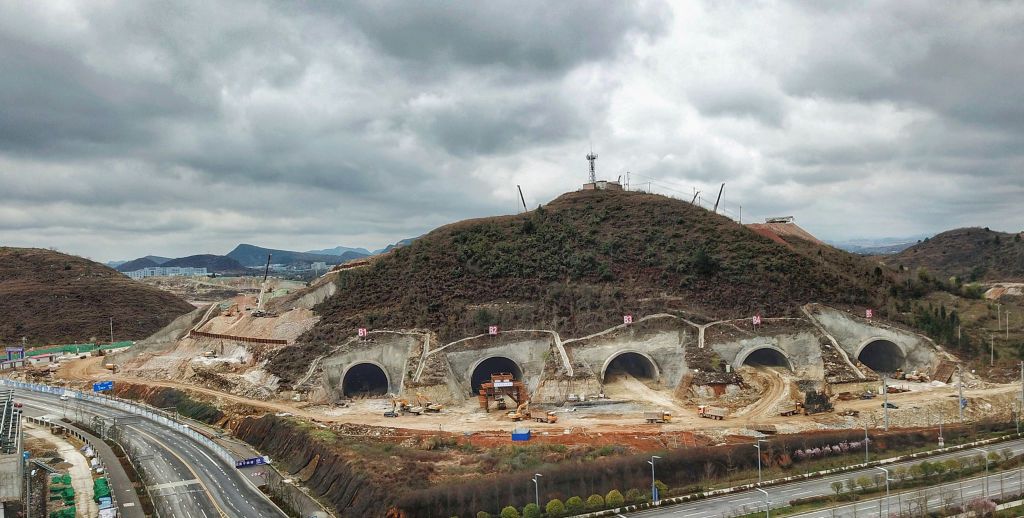Inside the Nuclear Bunkers, Mines, and Mountains Being Retrofitted as Data Centers
Inside the Nuclear Bunkers, Mines, and Mountains Being Retrofitted as Data Centers
In the ever-evolving world of technology, the demand for data centers continues to grow at a rapid…

Inside the Nuclear Bunkers, Mines, and Mountains Being Retrofitted as Data Centers
In the ever-evolving world of technology, the demand for data centers continues to grow at a rapid pace. However, with the limited availability of prime real estate in urban areas, companies are looking for unconventional locations to house their data centers.
Nuclear bunkers, once used during the Cold War era, are now being retrofitted to store servers and data equipment. These underground structures provide a secure and protected environment for data storage, away from potential natural disasters and external threats.
Similarly, abandoned mines are being repurposed as data centers due to their natural cooling properties. The constant temperature and humidity levels inside the mines create an ideal environment for servers to operate efficiently.
Mountains are also attractive locations for data centers, offering natural insulation and protection from extreme weather conditions. Some companies have taken advantage of these remote locations to build secure and sustainable data facilities.
As the digital landscape continues to expand, the need for innovative solutions for data storage becomes increasingly important. Retrofitting nuclear bunkers, mines, and mountains as data centers showcases the creativity and adaptability of the technology industry.
These unique locations not only provide secure and efficient storage solutions but also contribute to the sustainability efforts of companies looking to reduce their carbon footprint.
Exploring the depths of nuclear bunkers, the cool confines of abandoned mines, and the rugged terrain of mountains as data centers offers an intriguing glimpse into the future of technology infrastructure.
As companies continue to push the boundaries of traditional data center locations, the possibilities for alternative spaces to house data will only continue to expand.
In conclusion, the transformation of nuclear bunkers, mines, and mountains into data centers represents a bold new frontier in the world of technology and data storage.






